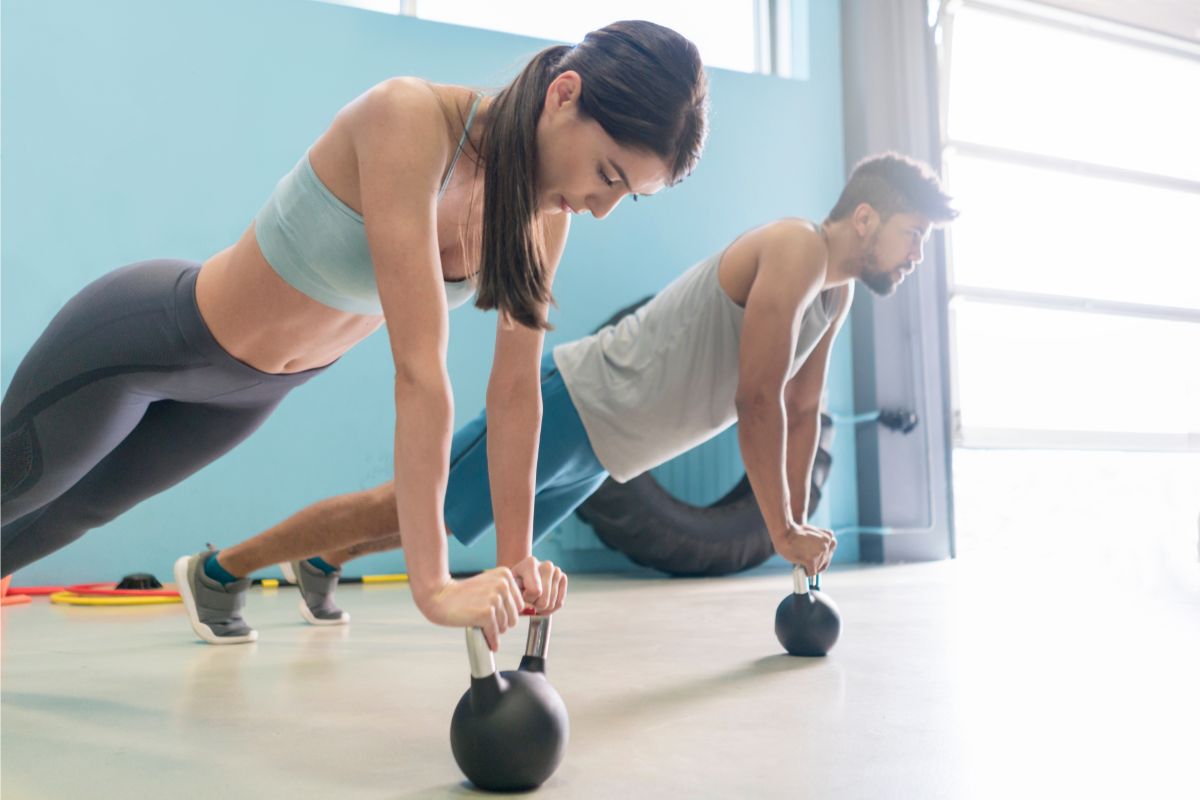How often do you hear someone say they want to get rid of their back pain or hamstring issues? If you’re experiencing these problems, then you’re probably not alone.
In fact, according to the American Academy of Orthopedic Surgeons, lower back pain affects nearly 80 percent of Americans at some point in their lives.

Hamstring injuries are common because they occur from repetitive movements such as running, jumping, squatting, and lifting weights.
These injuries can cause muscle tears and inflammation, which can result in chronic pain.
When we run, our hamstrings contract and relax multiple times each stride. When we stretch, we lengthen those same muscles.
Over time, repeated stretching and contracting causes our ligaments to shorten and tighten. This is called mechanical shortening.
If you were to measure the length of your hamstring at rest, you may find that it is shorter than normal.
But if you felt like your hamstring was tight, you wouldn’t be measuring its actual length. You would be measuring its perception of length.
Watch Out For Signals Of Muscle Tightness – As This Is Not The Problem
If you ask any runner what causes injuries, he will probably say that it’s all in your head.
Sure, there are external factors like bad weather and poor footwear, but the vast majority of running injuries come from overtraining.
Every runner knows this, yet many continue to push themselves beyond their limits and risk injury.
Running injuries happen when the body gets overloaded with stress, causing inflammation and microtrauma.
When the body becomes stressed, it sends out signals to the brain to stop the activity. The brain then tells the body to slow down or stop.
The body responds by sending pain messages back to the brain.
These pain messages cause the brain to increase its activity and send even stronger signals to the body to stop.
This cycle continues until the body gives up and stops working altogether.
Will Stretching Help For Tighter Hamstrings?
Even if you think you might have a hamstring injury, you probably don’t. You may have tight muscles, but there is nothing wrong with them.
If you were to try miming the motions of a running stride with your hamstrings, you could feel the muscle working, but not feel it go into a stretched position.

When you stand on one leg, you usually feel the muscle work, and even when you do, it doesn’t feel like it stretches.
So, trying to make your hamstrings longer isn’t going to help.
Hamstring injuries occur because of poor posture, and stretching the muscles won’t fix that.
What’s The Best Solution For Tight Hamstrings?
Hamstring tightness is often caused by weak glutes. When running long distances at high speeds, the gluteus maximus becomes fatigued and weakens.
As a result, the hamstrings become tighter because they must compensate for the lack of support. To prevent hamstring tightness, focus on strengthening the glutes.
You can do this through squats and lunges. Squats will help you engage your glutes, while lunging will help you activate your hip flexors.
Once you’ve strengthened both the glutes and hip flexors, you can incorporate hamstring stretches into your routine.
These stretches will help lengthen your hamstrings and loosen any tightness you may feel.
It’s important to start slowly when doing any new exercise routine. That means starting with fewer repetitions and paying close attention to your range of movement.
If you’re working out your hamstrings, it’s best to avoid going heavy right away.
You could injure yourself if you push through the pain. And remember, stretching before and after your workout helps prevent injury.
What Are The Most Useful Exercises For Runners That Have Tight Hamstrings?
- Exercise 1: Eccentric bridge – eccentric exercise drives better outcomes in athletes with hamstrings issues. You can use a pair of socks or a hand towel as an anchor point to slide your heel along the floor.
- Exercise 2: Single Leg RDL – If your hamstrings get tighter than your glutes, it’s a good idea to incorporate single-leg work. You should avoid going too low, to begin with, since that will likely lead to pain later. If you do choose to start low, try to keep your hip at 90 degrees when you start out.
- Exercise 3: Side Plank – The side plank helps strengthen your core. You might think that your abs will get stronger if you do planks all day long, but actually, strengthening your core is important because it allows your body to stabilize itself when doing other movements.
For example, an athlete may need to run fast, jump high or throw a ball far. These actions require stability, not just strength.
The core is the center of your body, and it supports everything else.
So, if your core isn’t strong enough, you could injure yourself during sports activities. A strong core also keeps your back healthy and prevents injuries like herniated discs.
Final Thoughts
If you want to improve your performance and reduce the risk of injury, it’s important to address weaknesses first. Strengthening your glutes and hip flexor muscles will allow your hamstrings to relax and lengthen naturally.
This is why we recommend focusing on these exercises first. However, once you have addressed your weaknesses, you can then move on to more advanced hamstring exercises.
- Can Dogs Run Faster Than Humans? (Running With Your Furry Friend) - October 4, 2022
- 10 Doggie Fun Runs You Will Love [Ultimate Guide] - October 4, 2022
- What Are Division Results In Running? - October 4, 2022








